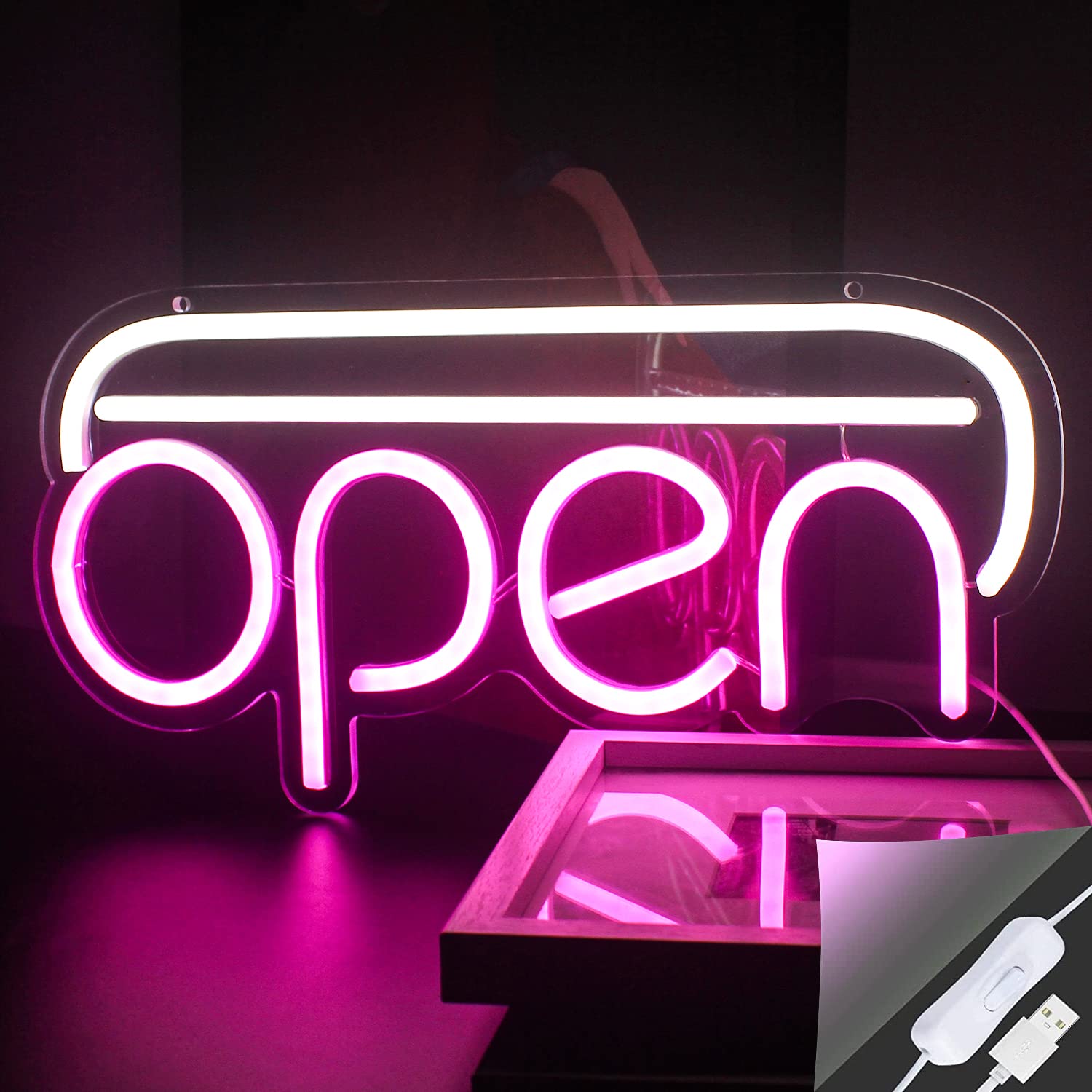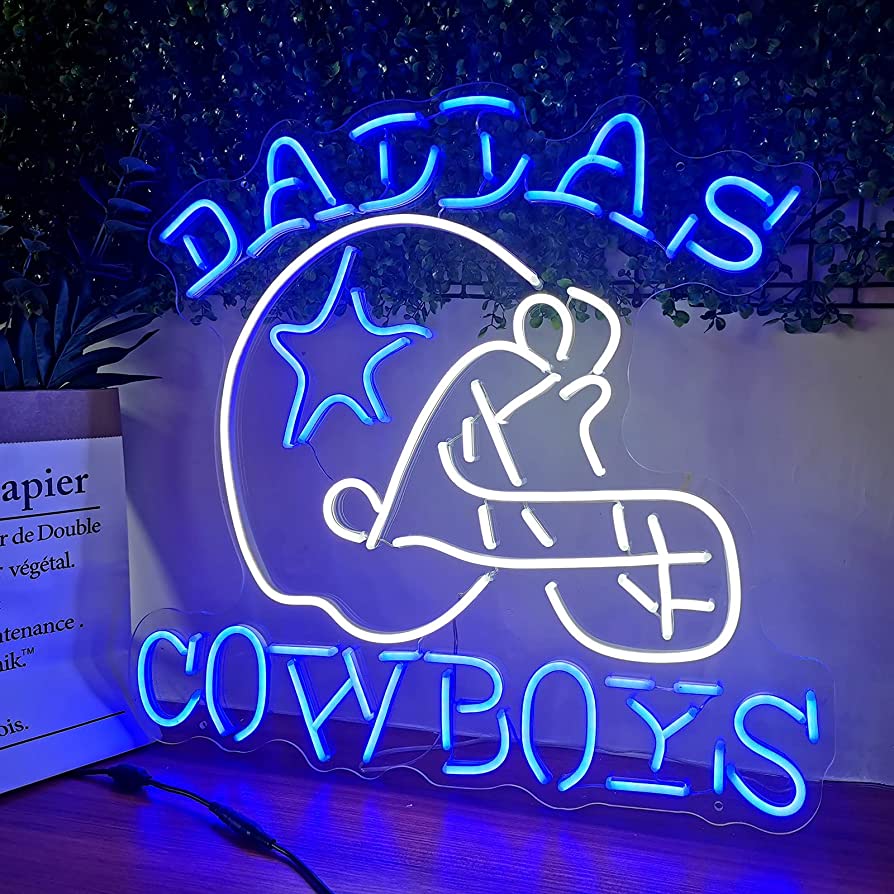Neon Sign Supplies: Great Solution To Renovate Your Home
Neon sign supplies could be the ideal choice if you're seeking a fantastic way to give your home a little extra flair and personality. In this article, Orant Neon’ll explore why neon signs are a great solution to renovating your home and how they can transform any space into a work of art.
Indeed, incorporating custom neon signs into your home renovation plan could not only modernize your space, but also give it a unique, personalized touch. These vibrant displays of color and light can be tailored to match your specific design tastes, whether you want a sign that displays your favorite quote, your family name, or a design that reflects your hobbies or passions. Transforming otherwise dull spaces into lively and engaging corners, custom neon signs can really elevate your home's aesthetic, infusing it with your own unique charm and style.
1. What materials are neon signs made from?
-
Glass Tubing: Leaded glass tubing is commonly used for neon signs. It is flexible and can be easily bent into desired shapes. The tubing is typically around 4-5 feet long with a diameter ranging from 0.3 to 1 inch.
-
Electrodes: Pure iron electrodes are placed at each end of the glass tubing. These electrodes serve as contact points for the electrical current.
-
Neon or Argon Gas: While neon gas is still used for producing red and orange hues, most neon signs today utilize argon or a combination of argon and neon gases. The gas inside the tubing helps create the illumination.
-
Mercury (for blue light): In the case of blue light, a small amount of mercury is added to argon gas to adjust the intensity of the light.
-
Phosphorescent Material: A phosphorescent material is used to coat the interior of the glass tubing. Different phosphorescent materials can create different colors of light.
-
Special Effect Gases: Helium, krypton, and xenon gases can be used for creating special effects in neon signs.
-
Glass Jacket: A glass jacket with one open end surrounds the iron electrodes at each end of the glass tubing. The open end protrudes into the tubing, while the closed end is sealed to the end of the sign tubing, enclosing the electrodes.
-
Transformer: Neon signs require high voltage to operate. Transformers are used to raise the voltage from the standard 120 volts to around 15,000 volts for neon signs. The transformer is typically connected to the sign using a GTO wire.
-
GTO Wire: GTO (Gate Turn-Off) wire is used for connecting the neon light to the transformer. It is also used for series connections between different sections of lit tubing. The wire is attached to the transformer through an insulated, borosilicate glass enclosure with an elastic material connection on one end.
These are the basic materials required to make a neon sign. Additional components, such as power supplies and controllers, may be needed depending on the specific design and functionality of the neon sign.

LED neon sign supplies use many different materials
>>> Refer: Neon Light Voltage: Everything You Need To Know
2. How much is a neon sign cost?
At Orant Neon, we understand that every project is unique, so we offer personalized consultations to ensure that your vision is accurately captured in the final product. We use only the highest quality materials and state-of-the-art technology to craft each sign, ensuring that it not only looks great but also lasts for years to come.
Only $100 is required to order one of our handmade neon signs. The price can differ based on the font, size, level of design complexity, and overall length of Neon utilized. Visit our "Design Your Own Neon Sign" page to receive a precise price.

Customers will be able to purchase neon signage for less
>>> Explore more: How Much Do Custom Neon Signs Cost?
3. Why are neon lights so popular?
The use of classic neon signage is obsolete today due to environmental and health issues. Initially, manufacturers produced the glass with lead in order to soften it more quickly with a gas flame, but lead-related health concerns compelled them to search for more ecologically safe soft glass alternatives.
Over time, neon sign supplies have gained popularity over neon signs due to safety worries, inefficiency, and cost. Due to its efficiency, LED is now the lighting source for lighted signage. LED neon sign supplies are also used by manufacturers to create faux-neon signs and design components.

Lighted signage now uses LED as its illumination source
Some sign makers continue to utilize neon signs to evoke nostalgia for the 1940s and 1950s, despite their considerably decreased use. Small neon lights have become popular in interior design recently, for both commercial and domestic use, to bring a splash of color and light to a place.
Graphic design also employs neon-like features and hues. To artistically incorporate these design concepts into graphics and digital art, you can purchase complete digital kits. The vibrant the glow of neon will continue to be a part of the sign industry's history even after the golden period.

Neon sign supplies will go down in sign business history
4. Should you choose neon or LED?
| Evaluation Criteria | LED signs | Neon signs |
| Energy Efficiency | LEDs just require 24 volts. | Large neon displays occasionally require 15,000 volts to operate. |
| Price | LED outdoor displays are roughly 10% less expensive than neon signs. | The neon sign is considerably more likely to last longer than an LED sign without requiring maintenance or component replacement. |
| Curb Appeal | LED lighting is bright, yet it can also feel harsh, stiff, and cold to the eyes. | Because of the hospitable and warm light neon signs give off, they have remained so popular with companies worldwide. |
| Safety | Since LEDs are frequently wrapped in polymer jackets to protect each diode from harm from the outside, they are typically lighter and better protected than neon lights. | Neon tubes are exquisitely made, but they are also very fragile and if handled improperly, they run the risk of breaking. |
| Color | Solid hues are solid. | The colors of neon signs are more varied. |
>>> Explore more: Neon vs LED Sign | Which Is The Best One To Use?
5. Lifespan of neon lights?
Another advantage of LED lights that save money is their low maintenance expenses. A 10,000-hour lifespan is typical for conventional neon lights. Accordingly, depending on how frequently you use the sign, you will need to prepare to change the lights at regular intervals.
You won't need to replace neon sign supplies as frequently because they have a life expectancy that is three times longer. They are also far less expensive to replace because you don't need to engage an expert to do it because of safety concerns.

LED neon sign supplies can be used for a long time
>>> Refer: How Long Does Neon Sign Last? Guide & Tips
6. Where neon sign supplies are near me?
We established Orant Neon, based in the Texas office, to address customers' concerns and resolve their issues as ardent users of neon-style lighting. Neon sign supplier choose to use LED Neon strips rather than conventional neon glass piping, provide hundreds of set designs as a source of inspiration, and ship internationally at reasonable rates.
Orant Neon allows fully neon customized sign thanks to our smart supply chain, which involves cooperating with moral, cutting-edge, and creative production facilities worldwide (the United States, China, Singapore, etc.).

Orant Neon is a reputable neon sign supplier
So why wait? Visit Orant Neon today to discover our full range of neon sign supplies and start bringing your ideas to life. We look forward to working with you!

Orant Neon provides neon sign supplies in many states in the US
Relevant posts:
Thus, neon sign supplies are not only trendy and stylish, but they also add a touch of personality and creativity to any space. Whether you're decorating your living room, bedroom, or even your kitchen, neon signs can be customized to fit any theme or aesthetic. So, why not take the leap and add some bright and bold neon to your home with Orant Neon?


